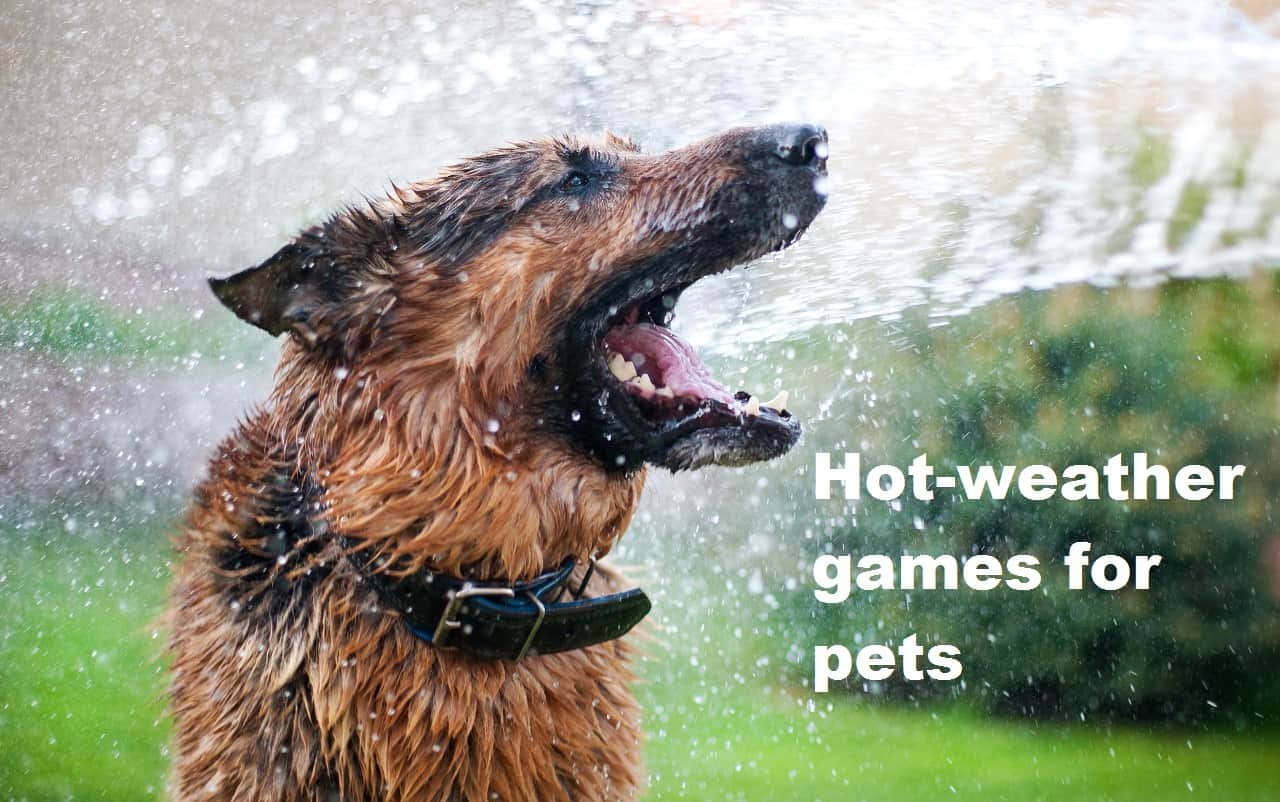Why It’s Hard to Keep Dogs Cool in Hot Weather
As summer intensifies, heatwaves are becoming increasingly common, making it crucial for pet owners to understand how to keep dogs cool in hot weather. Unlike humans, dogs have limited ways to regulate their body temperature and can quickly become overheated. This can lead to serious health issues, including dehydration, heat exhaustion, burnt paw pads, and even life-threatening heatstroke.
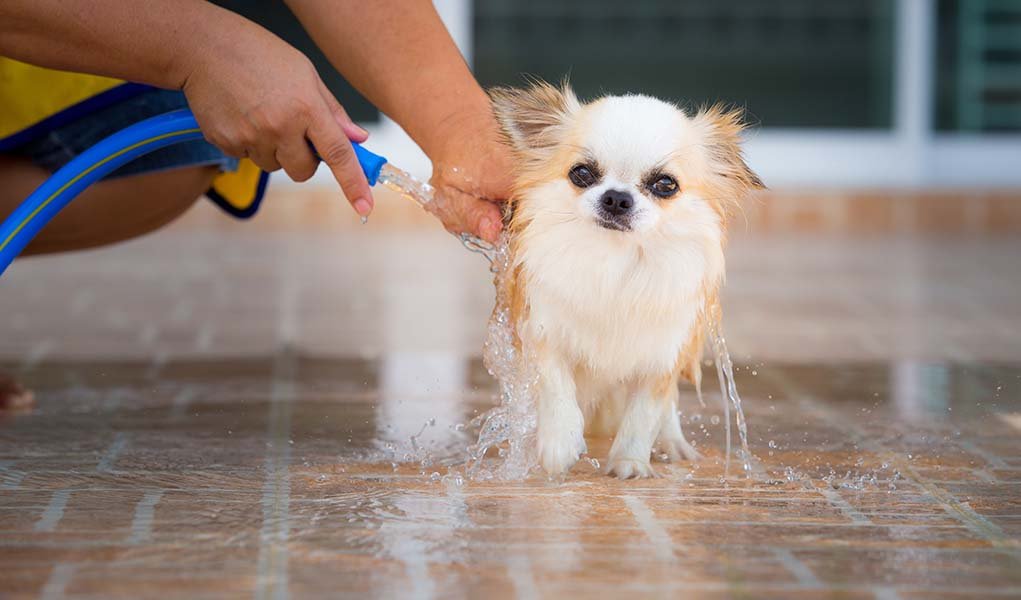
Dogs may seem eager to join their humans on outdoor adventures during warm weather, but they don’t handle high temperatures as well as we do. While cats tend to find shady, cooler areas to nap in, dogs will often keep going—sometimes to their own detriment.
This comprehensive guide, backed by veterinarian advice, provides everything you need to know to protect your canine companions from the heat and ensure they stay safe, happy, and healthy all summer long.
1. Understanding the Risks of Hot Weather for Dogs
Heat affects pets differently than it does people. Dogs don’t sweat like we do—instead, they primarily regulate body temperature by panting. This method becomes less effective when the air is hot and humid, leaving them vulnerable to overheating.
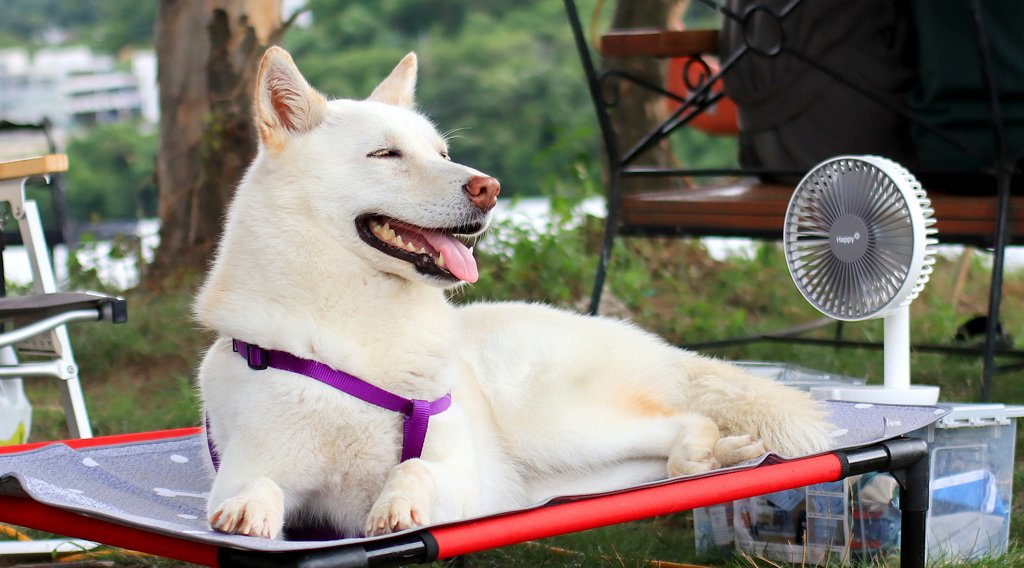
Key risks include:
- Heatstroke
- Dehydration
- Burned paw pads
- Respiratory distress in flat-faced breeds
- Long-term organ damage
Even when the temperature feels mild to humans, your dog could be at risk—especially in enclosed areas or under direct sun exposure.
2. How Sudden Temperature Rises Affect Dogs in Hot Weather
Climate change is driving unpredictable weather patterns. Even in late spring, pet owners are seeing a rise in heat-related injuries. This is due to two major factors:

- Dogs are often less physically active during winter, reducing their fitness levels.
- They aren’t acclimated to warm temperatures, making sudden outings stressful on their bodies.
Veterinary professionals note a significant uptick in emergency visits for overheating symptoms during late spring and early summer, particularly in dogs taken on long walks or hikes after months of inactivity.
3. The Breeds Most Vulnerable to Heat
Not all dogs handle the heat equally. Breeds with short snouts, known as brachycephalic dogs, are at a much higher risk.
High-risk breeds include:
- Bulldogs
- Pugs
- French Bulldogs
- Boston Terriers
- Boxers
These dogs struggle to breathe efficiently because their narrow airways limit their ability to cool off by panting. In fact, studies show that brachycephalic dogs are four times more likely to suffer from heat illness compared to dogs with longer snouts.
🐾 Tip: If your dog is squish-faced, avoid vigorous outdoor activities during hot and humid weather, even if the temperature feels bearable.
4. How Coat Type Affects Efforts to Keep Dogs Cool in Hot Weather
Many pet parents assume that shaving their dog’s thick coat is the best way to keep them cool. But this isn’t always true.
Double-coated breeds—such as Siberian Huskies, Golden Retrievers, and Alaskan Malamutes—actually benefit from their coat’s insulation, which protects them from both cold and heat. However, this is only effective if the coat is clean, unmatted, and well-brushed.
Recommended action:
- Don’t shave double-coated dogs unless your vet specifically advises it.
- Regular brushing helps remove dead fur, improve airflow, and support cooling.
- Groom long-haired dogs to reduce matting, especially in the undercoat.
5. Medical and Physical Risks That Make It Hard to Keep Dogs Cool
Aside from breed and coat type, other factors increase a dog’s vulnerability to heat:
- Obesity: Over half of dogs in the U.S. are overweight or obese, which makes them overheat more easily.
- Certain medications: Drugs like antihistamines, diuretics, and heart medications may reduce a dog’s ability to regulate heat.
- Health conditions: Dogs with respiratory or cardiovascular problems are particularly at risk.
📋 Pro Tip: Speak to your veterinarian to assess your pet’s individual risk during the summer season.
6. How to Keep Dogs Cool During Outdoor Activities in Hot Weather
You don’t need to avoid outdoor fun entirely, but planning is key when it comes to how to keep dogs cool in hot weather.
Guidelines for safe walks:
- Stick to early mornings or late evenings.
- Begin with short walks and slowly increase duration over weeks.
- Take breaks in shaded areas and bring fresh water.
🌡️ Dogs can overheat even at 25°C (77°F), especially if humidity exceeds 65%. Always monitor panting and energy levels closely.
7. Avoiding Trapped Heat in Vehicles and Enclosed Spaces
Leaving a dog in a parked car—even for just a few minutes—is incredibly dangerous. On a mild 21°C (70°F) day, the interior of a car can climb to over 32°C (90°F) in just 10 minutes.
Other risky enclosed spaces:
- Greenhouses
- Garden sheds
- Sunrooms
- Tents or closed RVs
Outdoor cats, too, are known to seek warm napping spots and may accidentally get locked inside hot areas. Always check these spaces before closing them up.
8. Hydration and Shaded Rest Areas Are Essential
Dogs lose significant amounts of water through panting. Encourage them to drink small amounts of water during walks rather than waiting until they return home, which can lead to gulping and potential bloat.
Other hydration tips:
- Use portable pet bottles or collapsible bowls.
- Choose walking paths with access to shade and grass.
- Offer chilled treats like frozen dog-safe broth cubes or ice-stuffed toys.
9. Pavement Check: Protecting Paws from Burns
Asphalt, concrete, and sand absorb heat and can cause burns to your dog’s paw pads.
Paw protection rules:
- Place your hand on the pavement for 30 seconds. If it’s too hot for you, it’s too hot for your dog.
- Opt for dirt trails, grass paths, or shaded areas.
- Paw balms or protective boots can help—but ensure boots fit well to prevent sores.
10. Heat Gear for Dogs: What Works and What Doesn’t
There are numerous products on the market promising to keep pets cool. Here’s a breakdown of what may be helpful:
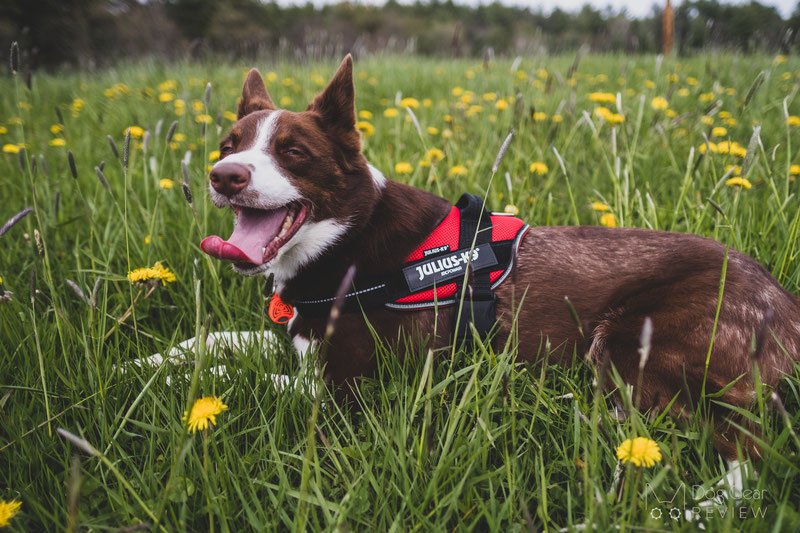
Cooling Vests:
Useful during short bouts of physical activity. However, they lose effectiveness after about 10 minutes and can turn into a warm, wet blanket. Monitor closely.
Dog Booties:
Great for protecting paws from hot surfaces, but they must be properly sized.
Sunscreen:
Apply pet-safe sunscreen (such as children’s formulas) on light-colored dogs or those with exposed skin, like pink noses or hairless areas.
11. Spotting the Signs of Overheating and Heatstroke
Early recognition is key to preventing serious health outcomes.
Early signs of overheating:
- Heavy, labored panting
- Loud breathing or snoring-like sounds
- Bright red gums
- Lethargy or uncoordinated movement
- Vomiting or diarrhea
Advanced heatstroke symptoms:
- Disorientation
- Weakness or collapse
- Seizures
- Gums turning gray or purple
🚨 A dog’s temperature above 41°C (105.8°F) is considered dangerous. Immediate action is critical.
12. Emergency Cooling Techniques at Home
If a vet is more than 10–15 minutes away and your dog is showing signs of heatstroke:
- Use lukewarm water (not ice) to wet their body.
- Place your dog in a bathtub or gently hose them down.
- Run a fan across their wet fur to enhance evaporation.
- Offer small sips of water, but do not force drinking.
Avoid using ice baths, which can cause blood vessels to constrict, preventing heat from escaping effectively.
13. Final Thoughts: Your Role in Summer Pet Safety
Dogs often push themselves too far to stay by your side. That’s why it’s essential to stay vigilant and proactive when temperatures rise. Understanding how to keep dogs cool in hot weather is about more than comfort—it’s a life-saving responsibility.
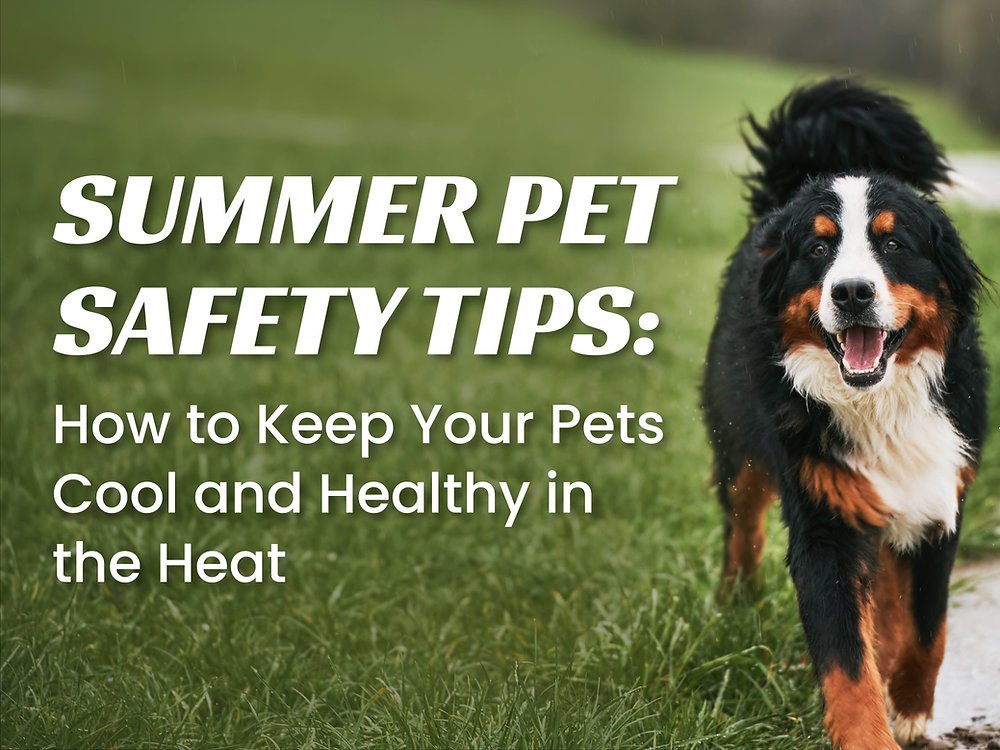
Quick recap:
- Walk during cool times of the day
- Brush regularly, don’t shave unless necessary
- Watch for early signs of heatstroke
- Always bring water and avoid hot surfaces
- Never leave pets in enclosed, unventilated spaces
Your attentiveness can make all the difference in keeping your best friend safe, even during the most intense summer heat.
